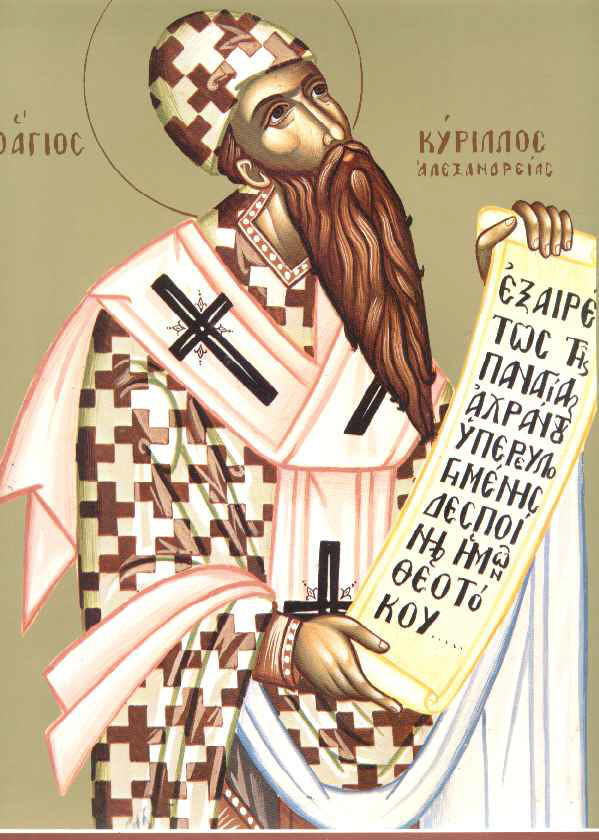A prefiguration of Easter (chapter 3)
Preparing an Easter sermon about Mary Magdalene wandering about in the garden early in the morning, desperately searching for the Lord, a scene from the Song of Solomon came to mind, in which the bride (the maiden) at night is looking for her beloved. She can’t find him, and – wandering through the city – she addresses the guards, and then – suddenly – she finds him, grabs him and does not want to let go of him anymore… 1600 years ago Cyril of Alexandria saw the same connections as I did (and you, reader). Hypertext. The text in question is Song of Solomon ch. 3:1-4 (translation below). The story of Mary in the garden can be read in John 20:1, 11b-18. I wondered: Did the evangelist use the story from the Song of Solomon as a matrix to tell his story of Mary? A kind of literary device?

Canticle of canticles (Song of Solomon), chapter 3
Translation of the Vulgata (Douay-Rheims)
1 In my bed by night I sought him whom my soul loveth: I sought him, and found him not. 2 I will rise, and will go about the city: in the streets and the broad ways I will seek him whom my soul loveth: I sought him, and I found him not. 3 The watchmen who keep the city, found me: Have you seen him, whom my soul loveth? 4 When I had a little passed by them, I found him whom my soul loveth: I held him: and I will not let him go, till I bring him into my mother’s house, and into the chamber of her that bore me.
Commentary of Cyril of Alexandria
Commentary of Cyril on Canticum canticorum ch. 3, 1: On my bed, during the night, I looked for my beloved… Below the original Greek with latin translation and below that a translation of Cyril’s remarks in English, turning Ch 3, 1-4 into a allegoric description of the meeting between Mary of Magdala and her Lord. NB: koitè (cubicule, lectum) denotes not only the bed, but also the room (bedroom, resting place); mnèma (monumentum – both use the same root: “mnm” = rememberance), memorial, tomb.

English translation
Translation of the Greek text. The quotes from Song of songs ch. 3 are underlined. I made the scriptural quotes explicit (adding the reference).
Meant are the women who, very early in the morning on Sabbath, went to the tomb of Jesus, and did not find him. – ‘On the bed’ or ‘from the bedroom’; ‘her bedroom’ is what she calls the tomb of the Lord in which we are buried with him. (Rom 6:4) But she did not find him, but instead heard, “He is not here, for he is risen.” (Lk 24,6) And the angels/guards found her, whom she addressed, “Where have you put the Lord?” (Jn 20,15). And as she passed by the men whom she was addressing, the Lord appeared, saying: “Greetings” (Mt 28:9). That is why she says: “No sooner had I passed by them than I found him, and I did not let go of him” (Canticum 3:3,4). For she caught hold of his feet, and he said, “Do not hold me.” (Jn 20,17 – feet = conflation with Jn 12,3). And the ‘house of the mother‘ (= Canticum 3:4) is what he calls the assembly (synagogue in Greek) of the apostles, where he sent her in order to bring the gospel of Christ’s resurrection. (Jn 20,18)
